12 Life Changing Books: For a Year of Self-Improvement
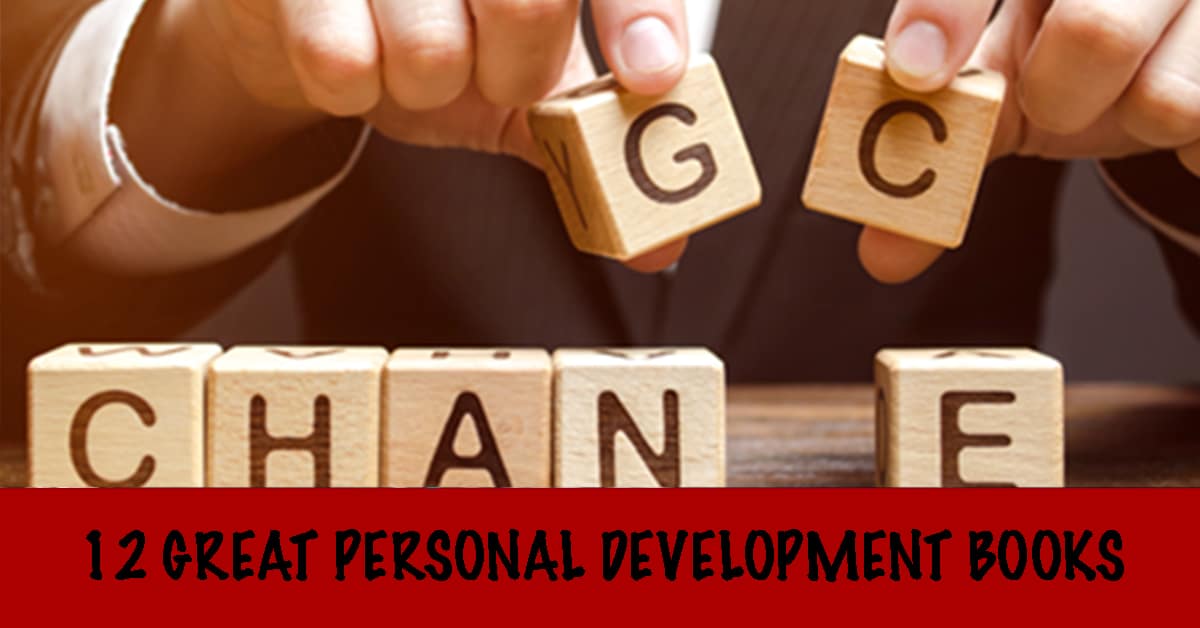
“We often overestimate what we can do in a day, but underestimate what we can do in a year.”
Finding time to learn and improve yourself can be difficult. Busy lives mean that self-development constantly gets pushed to the bottom of the to-do list. Self-development then becomes an insurmountable task that’s difficult to start.
But what if you were to dedicate just 10-15 minutes per day to reading or listening to a book? What if you just read one page per day? Each day would be a day you’d dedicated to improving yourself, over the course of a year this would add up.
This list is of 12 great books to help you with your personal development journey. Target one per month – you’ll be amazed at how much you can learn in a year.
1. How to Win Friends and Influence People – Dale Carnegie
2. Influence – Robert Cialdini
3. The 4-Hour Work Week: Escape the 9-5, Live Anywhere and Join the New Rich – Timothy Ferriss
4. Made to Stick: Why some ideas take hold and others come unstuck – Chip Heath
5. Atomic Habits: An Easy & Proven Way to Build Good Habits & Break Bad Ones – James Clear
6. Black Box Thinking: The Surprising Truth About Success – Matthew Syed
7. The Like Switch: An Ex-FBI Agent’s Guide to Influencing, Attracting, and Winning People Over – Jack Schafer
8. Never Split the Difference: Negotiating as If Your Life Depended on It – Chris Voss
9. The Now Habit: A Strategic Program for Overcoming Procrastination and Enjoying Guilt-Free Play by Neil Fiore, Ph.D
10. Thinking Fast and Slow – Daniel Kahneman
11. The 7 Habits of Highly Effective People: Powerful Lessons in Personal Change – Stephen R Covey
12. Six Pillars Of Self-Esteem: The Definitive Work on Self-Esteem by the Leading Pioneer in the Field – Nathaniel Branden Ph.D.
How to Win Friends and Influence People
Dale Carnegie
First published in 1936, Dale Carnegie’s, How to Win Friends and Influence People is one of the best-selling books of all time. The book has stood the test of time and has been updated over the years.
The book promises to:
- Get you out of a mental rut, give you new thoughts, new visions, new ambitions.
- Enable you to make friends quickly and easily.
- Increase your popularity.
- Help you to win people to your way of thinking.
- Increase your influence, your prestige, your ability to get things done.
- Enable you to win new clients, new customers.
- Increase your earning power.
- Make you a better salesman, a better executive.
- Help you to handle complaints, avoid arguments, keep your human contacts smooth and pleasant.
- Make you a better speaker, a more entertaining conversationalist.
- Make the principles of psychology easy for you to apply in your daily contacts.
- Help you to arouse enthusiasm among your associates.
Influence
Robert Cialdini
The 4-Hour Work Week: Escape the 9-5, Live Anywhere and Join the New Rich
Timothy Ferriss
In his book, The 4-Hour Work Week, Tim Ferriss claims that it is possible for people to work only four hours a week and still live a rich and fulfilling life.
He argues that most people waste far too much time on things that are not important, and that by carefully planning and prioritizing one’s time, it is possible to achieve far more in a shorter period of time.
Ferriss provides a number of tips and strategies for how to achieve this, and his book has become a bestseller, inspiring people around the world to reassess their work-life balance.
Made to Stick: Why some ideas take hold and others come unstuck
Chip Heath
Atomic Habits: An Easy & Proven Way to Build Good Habits & Break Bad Ones
James Clear
Atomic Habits is a book about how to change your habits and get the results you want.
The book is divided into four sections:
- The Habits of Successful People
- The Foundations of Habits
- How to Build Good Habits
- How to Break Bad Habits.
The first section looks at the habits of successful people and how they’ve been able to achieve their goals. The second section looks at the science of habit formation and how to create lasting change. The third section provides practical advice on how to build good habits and make them stick. The fourth section offers strategies for breaking bad habits and replacing them with good ones.
Black Box Thinking: The Surprising Truth About Success
Matthew Syed
In Black Box Thinking, Matthew Syed argues that the best way to avoid catastrophic failures is to learn from small ones. He cites the example of the airline industry, which has made great strides in safety by studying every crash, no matter how minor.
Syed argues that we need to adopt this same “black box” approach in other areas of life, such as medicine and education. He cites the example of a hospital in Virginia that reduced the rate of deadly infections by adopting a culture of openness, where doctors and nurses felt free to report errors and near-misses.
Syed argues that we need to embrace failure and learn from it, in order to avoid future disasters.
The Like Switch: An Ex-FBI Agent’s Guide to Influencing, Attracting, and Winning People Over
Jack Schafer
The book, The Like Switch, is all about the science of building rapport and relationships with others.
The book starts off by discussing the importance of building rapport and how it can be used to improve your life. It then goes into detail about the different ways to build rapport, including body language, voice tone, and eye contact.
The book also talks about how to use rapport to influence others and get them to like you.
Never Split the Difference: Negotiating as If Your Life Depended on It
Chris Voss
Never Split the Difference is a book about the art of negotiation, written by former FBI hostage negotiator Chris Voss. The book is based on Voss’ experience of conducting more than 150 international hostage negotiations, and draws on academic research to provide practical advice on how to successfully negotiate in various situations.
The book is divided into three parts. The first part provides an overview of the principles of negotiation, including the importance of understanding the other side’s interests, of creating value through concessions, and of anchoring. The second part applies these principles to specific negotiation scenarios, such as salary negotiations, business negotiations, and conflict resolution. The third and final part offers advice on how to avoid common pitfalls in negotiation, such as the sunk cost fallacy and the escalation of commitment.
Never Split the Difference is an important book for anyone who wants to learn the art of negotiation. The book’s clear and concise writing makes it easy to understand and apply the principles of negotiation to real-world situations.
The Now Habit: A Strategic Program for Overcoming Procrastination and Enjoying Guilt-Free Play
Neil Fiore, Ph.D
The Now Habit is a book about how to break the procrastination habit. The book is divided into three parts: understanding procrastination, overcoming procrastination, and developing the habit of now.
Part one of the book looks at the causes of procrastination and why it is so difficult to break the habit. Part two looks at strategies for overcoming procrastination, including developing a support network, setting deadlines, and using rewards. Part three looks at developing the habit of now, which includes developing a personal mission statement and setting goals.
The book is important to read because it provides practical advice for overcoming procrastination. It also helps readers understand the causes of procrastination and how to develop the habit of now.
Thinking Fast and Slow
Daniel Kahneman
Thinking Fast and Slow is a book by psychologist Daniel Kahneman that was published in 2011.
The book is about the two systems that Kahneman believes control the way people think.
The first system is the fast, intuitive system that is responsible for emotions and snap judgments.
The second system is the slower, more logical system that is responsible for more thoughtful decision making. Kahneman argues that the two systems are in conflict with each other and that people often make bad decisions because they rely too much on the fast system.
The book has been praised by many reviewers and has won several awards, including the Pulitzer Prize for Nonfiction.
The 7 Habits of Highly Effective People: Powerful Lessons in Personal Change
Stephen R Covey
The book, The 7 Habits of Highly Effective People, is a self-help book written by Stephen Covey.
The book is based on Covey’s belief that the seven habits are essential to success.
The first three habits, “Be Proactive,” “Begin with the End in Mind,” and “Put First Things First” focus on taking initiative and being goal-oriented.
The fourth habit, “Think Win-Win,” is based on the belief that success comes from cooperation, not competition.
The fifth habit, “Seek First to Understand, Then to Be Understood,” is based on the principle of empathy.
The sixth habit, “Synergize,” is based on the idea that the whole is greater than the sum of its parts. The seventh and final habit, “Sharpen the Saw,” is based on the principle of continuous improvement.
Six Pillars Of Self-Esteem: The Definitive Work on Self-Esteem by the Leading Pioneer in the Field
Nathaniel Branden Ph.D.
Nathaniel Branden’s Six Pillars of Self-Esteem is a classic book on the subject, first published in 1994. In it, Branden sets out his stall on what self-esteem is, how to achieve it, and how important it is for overall wellbeing.
Self-esteem, he argues, is primarily about how we see and value ourselves. It’s not about being arrogant or self-absorbed, but about having a healthy respect for ourselves and our own worth. We need to learn to love and accept ourselves just as we are, warts and all.
To achieve this, Branden suggests six key pillars: living consciously, self-acceptance, self-responsibility, self-assertiveness, purposefulness, and integrity. He goes into detail on each of these, explaining how they can help us to build self-esteem.
The book is well-written and easy to follow, with plenty of practical advice. It’s an essential read for anyone interested in improving their self-esteem.
2 Comments
Submit a Comment
Mind - Most Recent
The Benefits of Reading: How to Make Time for Books in Your Busy Life
The Power of Positive Thinking
Unleash the Power of Marginal Gains: How Small Improvements Can Lead to Big Results
12 Life-Changing Books for a Year of Personal Development
9 Steps to Supercharge Your Productivity
The Ultimate Guide to Deep Work
The Seven Habits of Highly Effective People by Stephen Covey
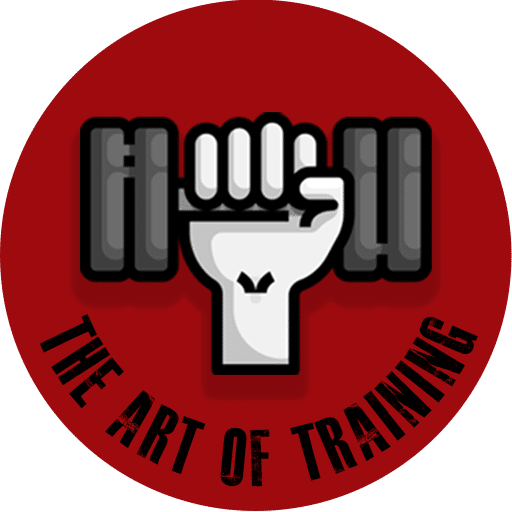
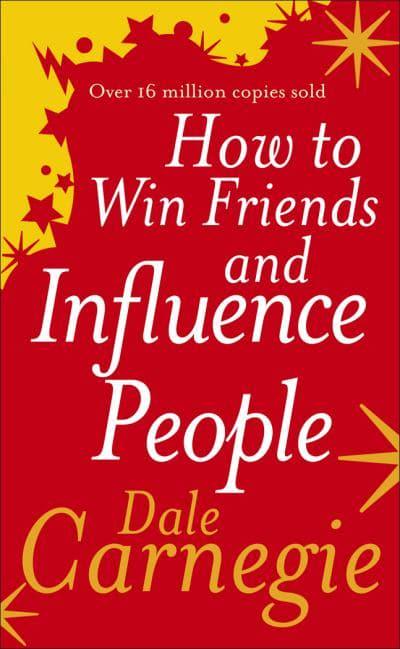
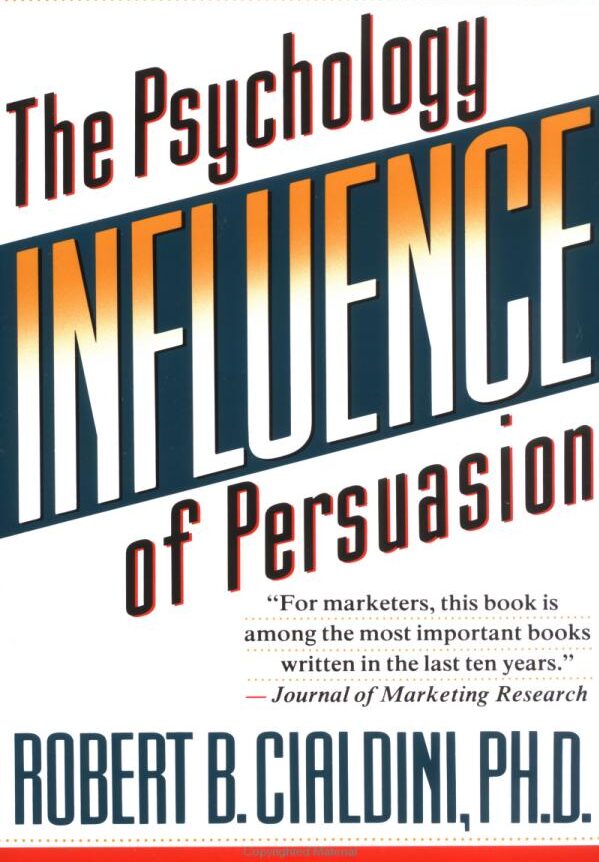
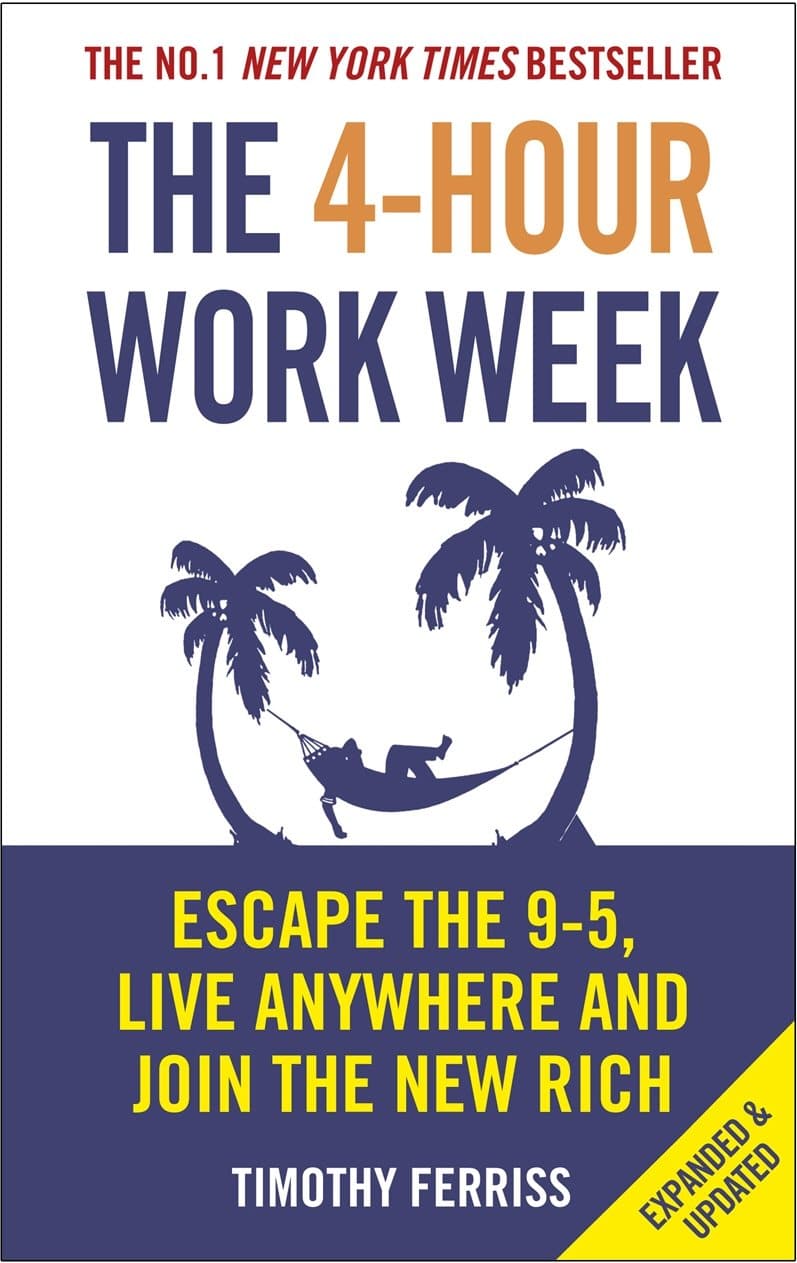
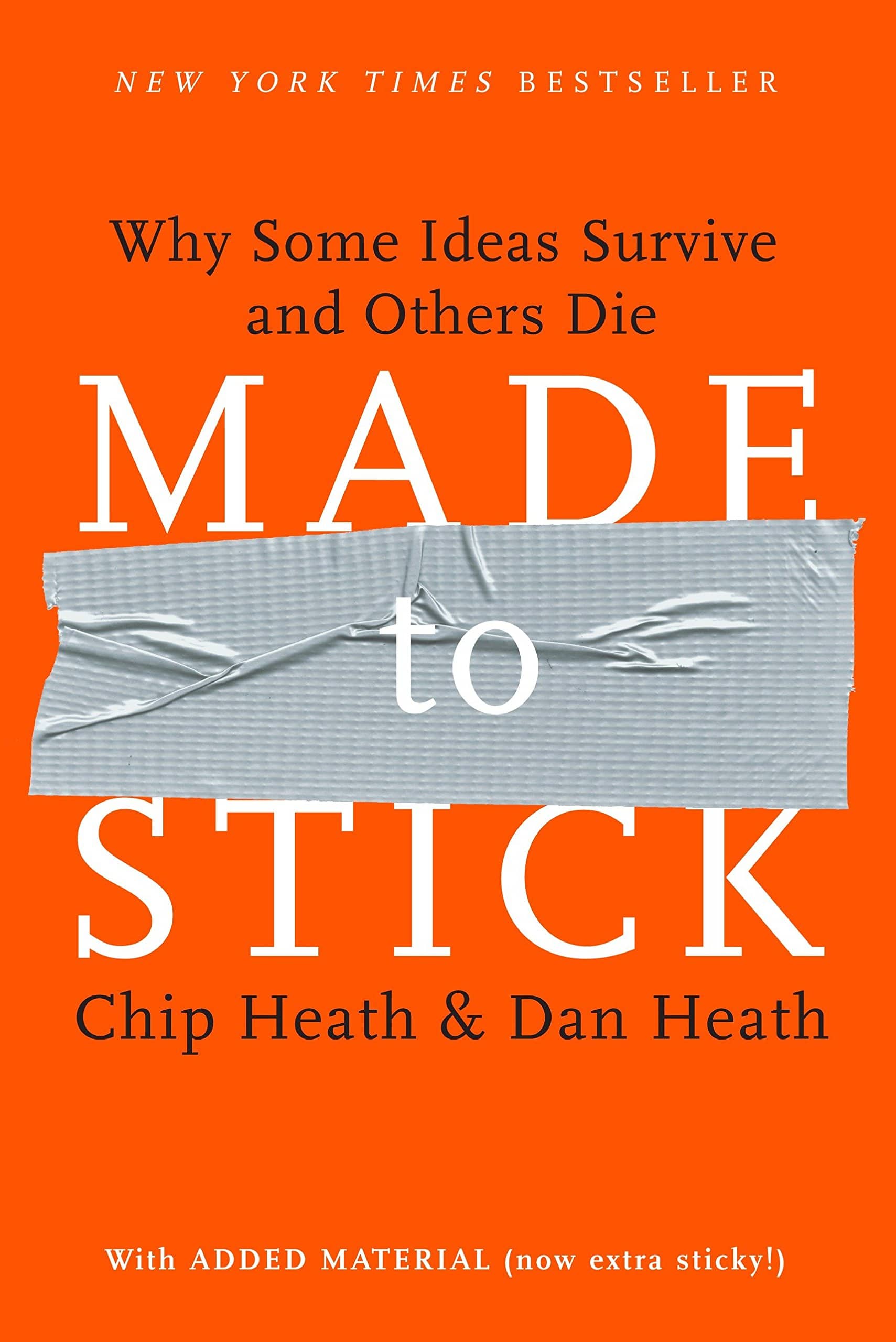
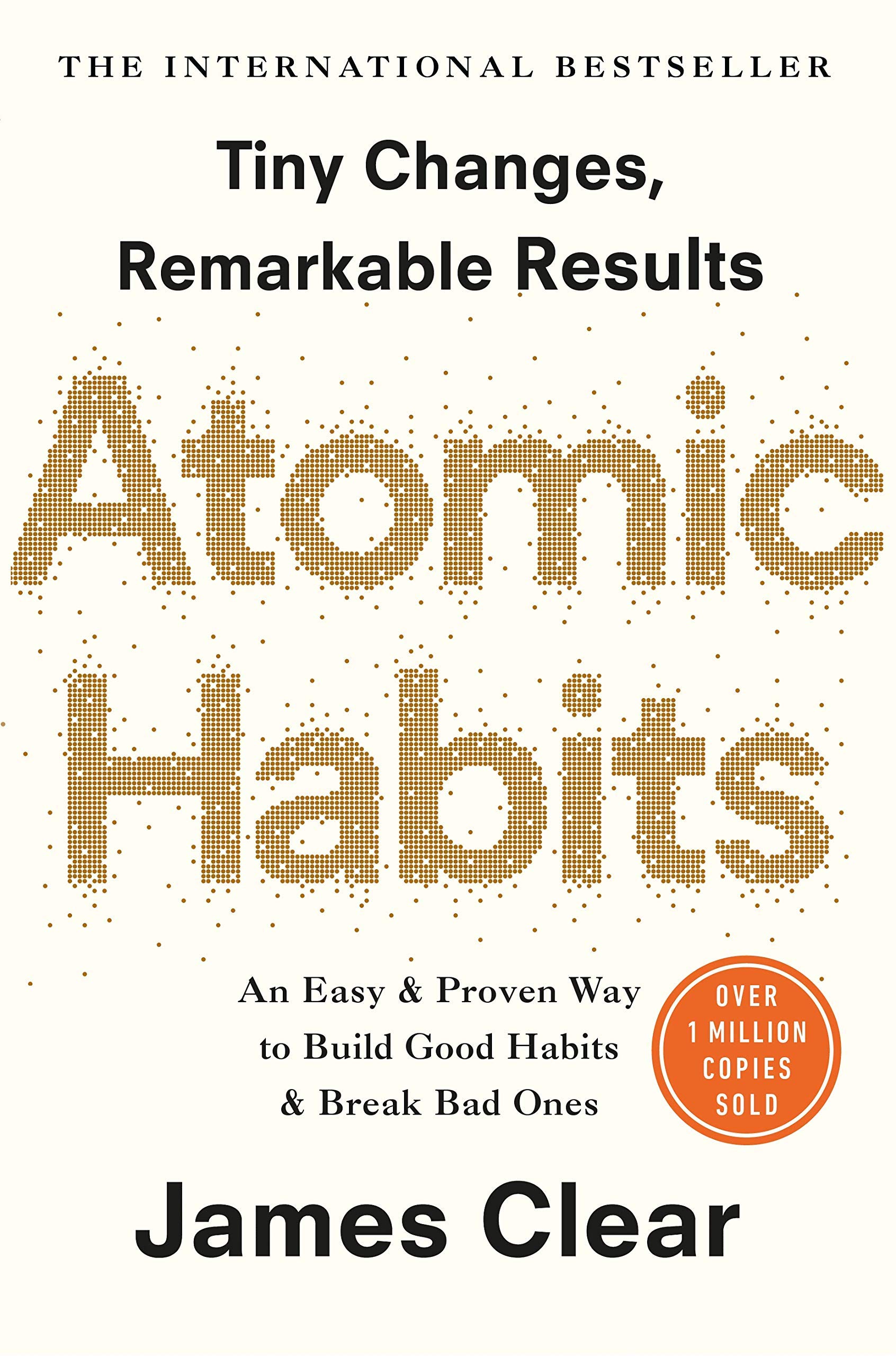
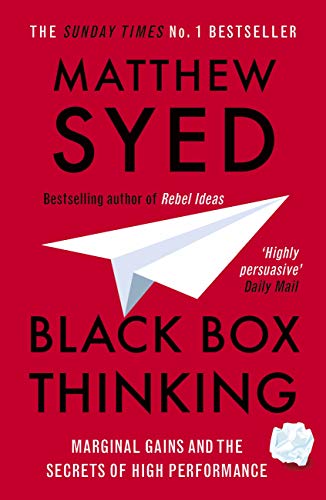
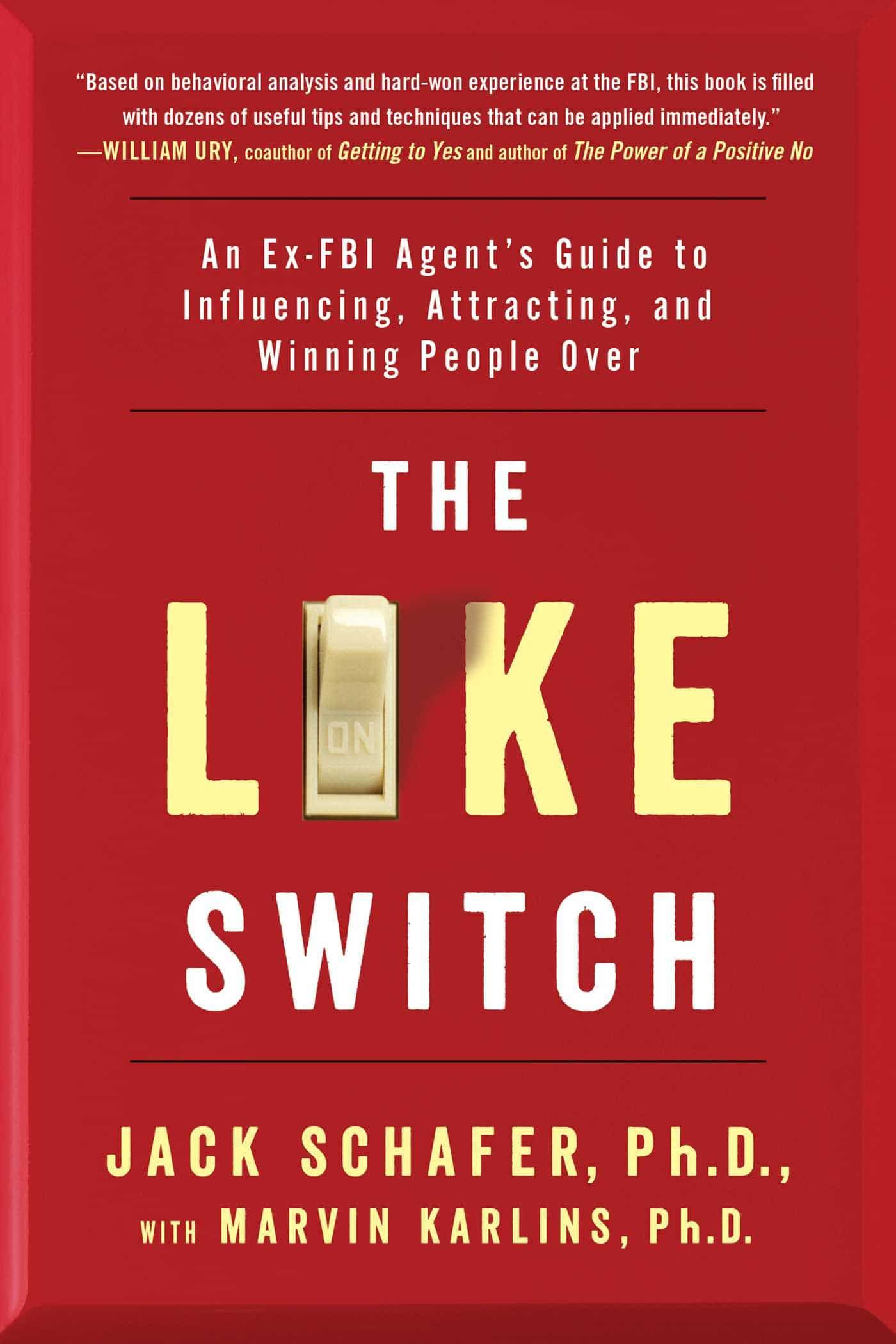
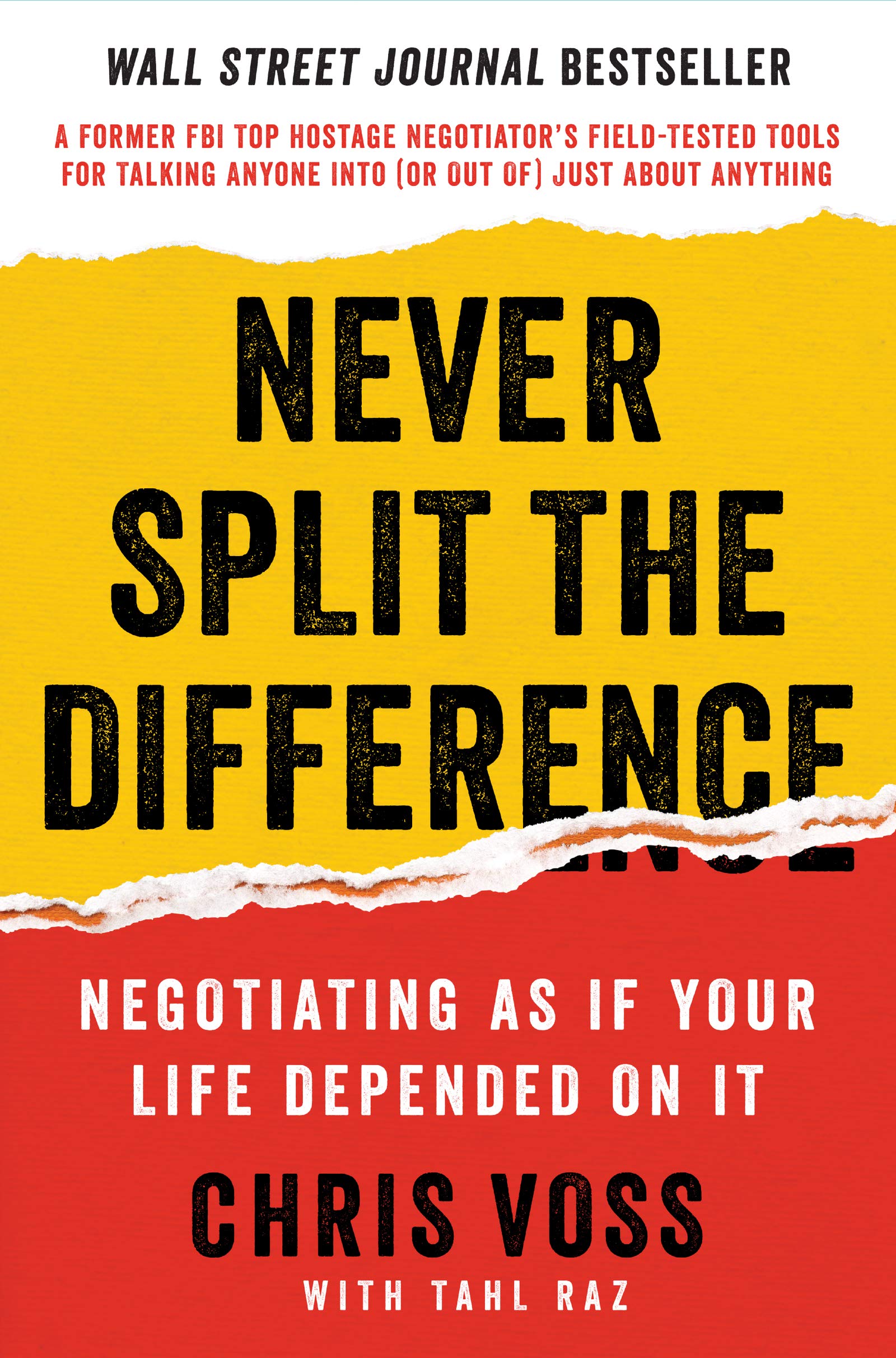
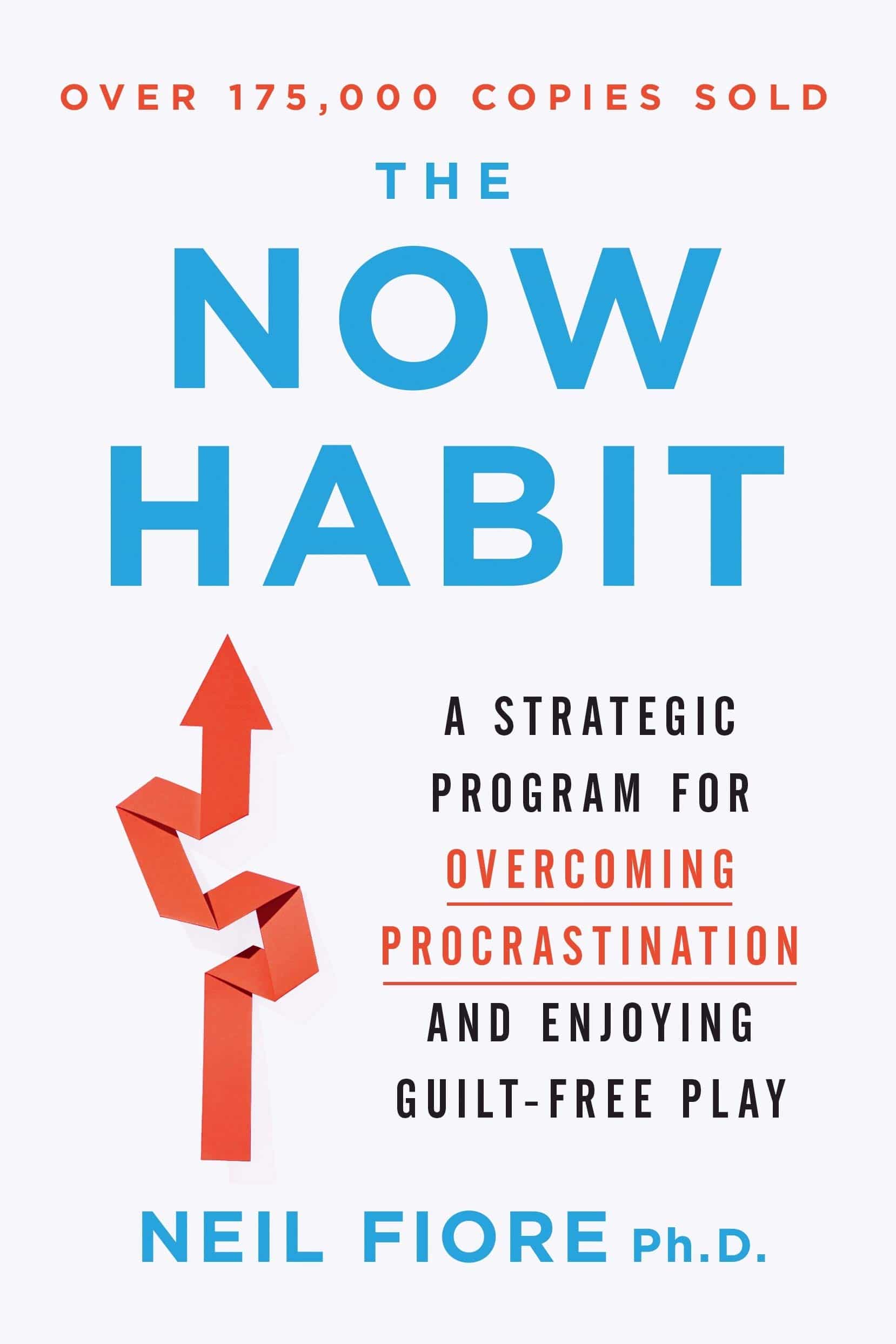
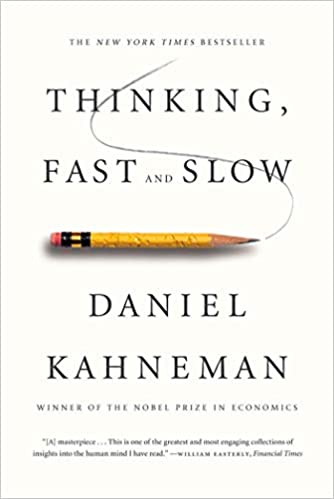
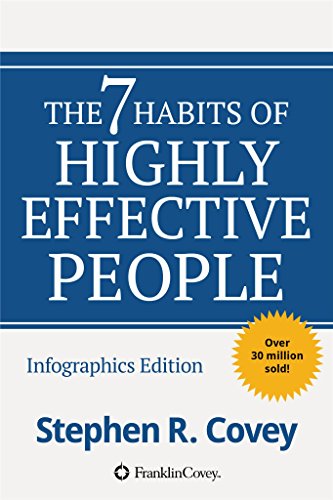
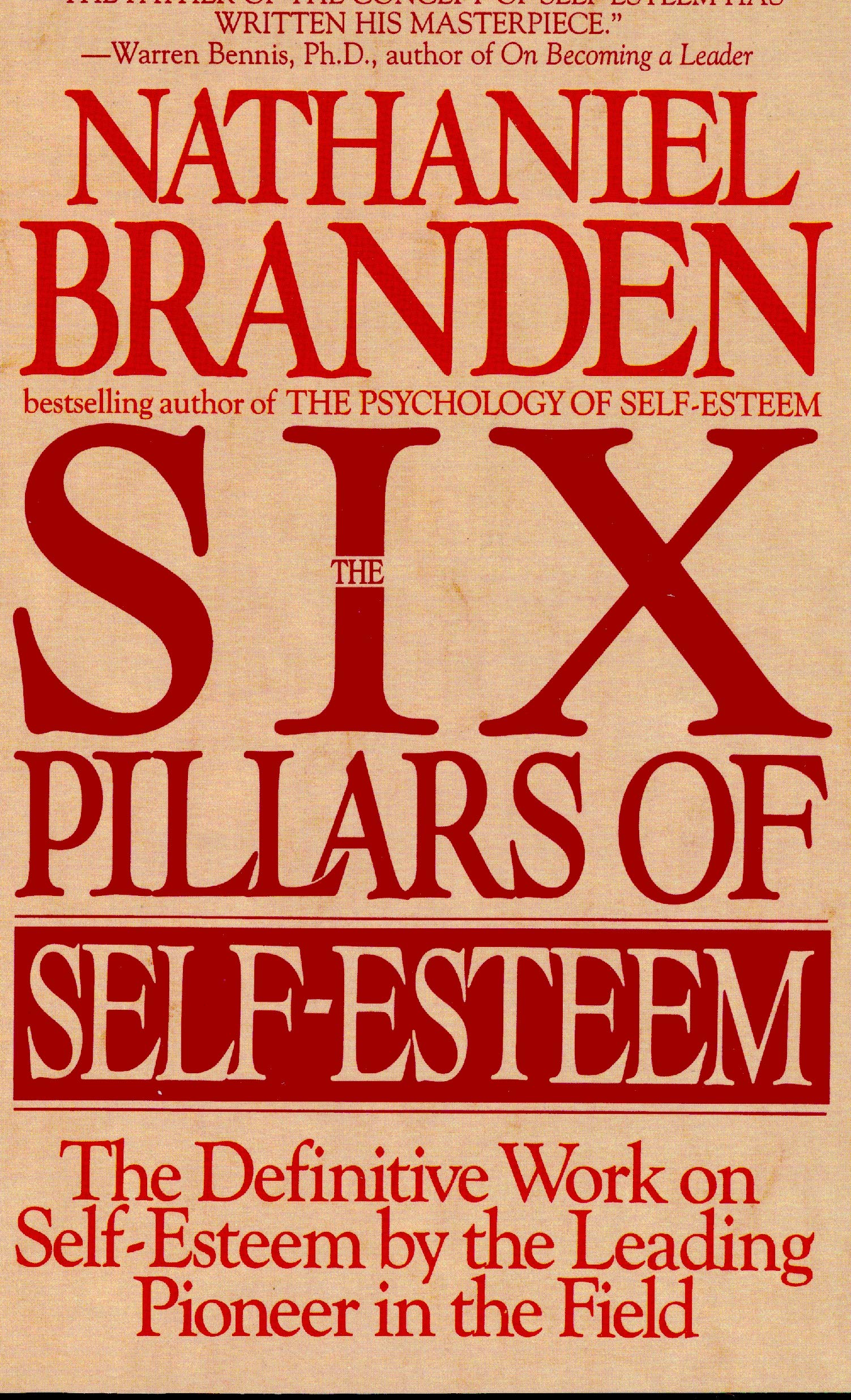
I’ve read a few of the books on this list, out of all of them, The Now Habit was the one that changed my life the most!
Learning to separate my time and make time for enjoyment was a game-changer for me. I’ve also read Eat that Frog which is kind of similar but didn’t make it onto your list!
Yes, the idea of guilt free play is so important. Making that time to enjoy life does help focus the mind when you want to be productive.